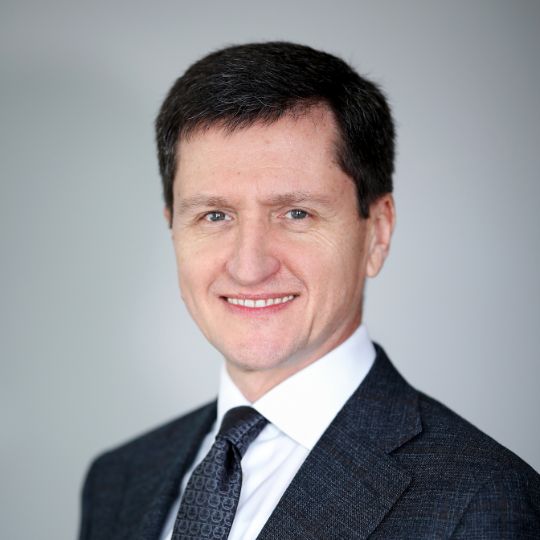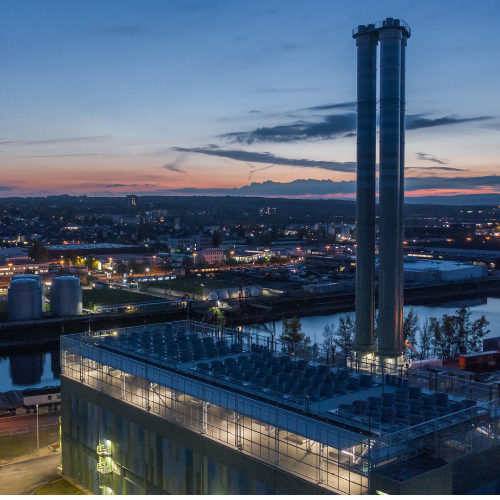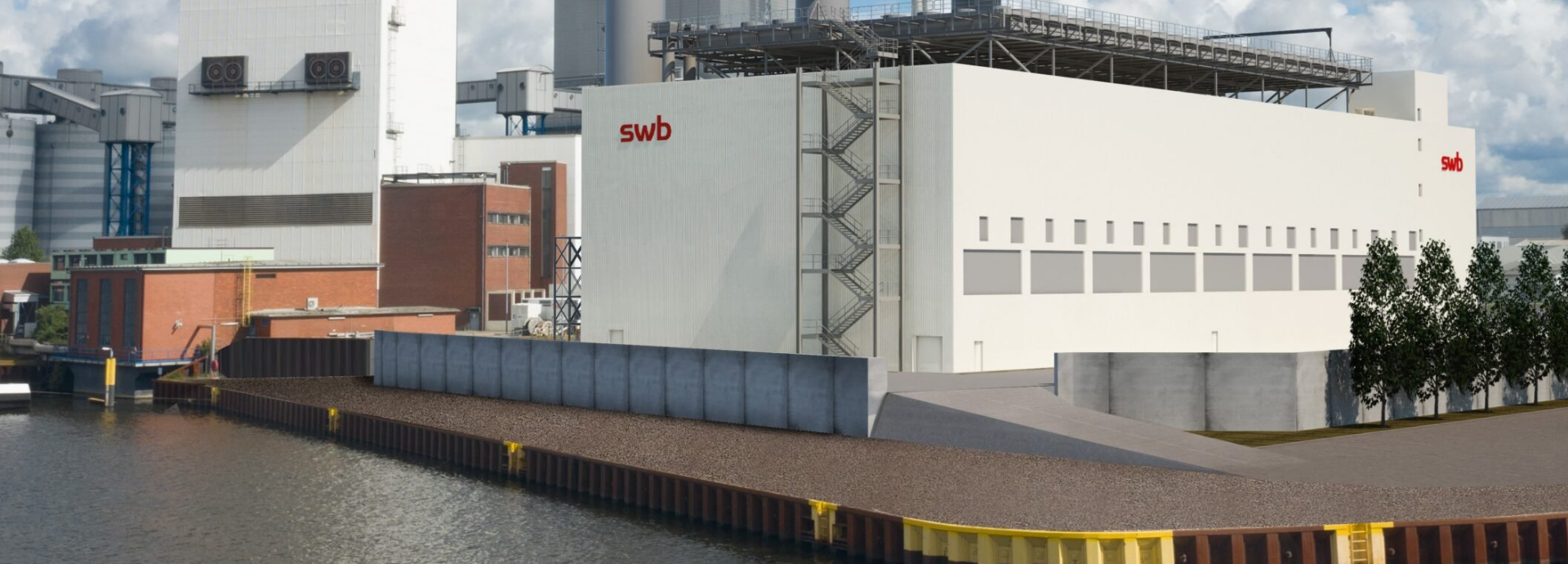
District heating plays a crucial role in accelerating decarbonisation by providing a flexible, integrated, and renewable-based energy system.
District heating is a profitable pathway to net zero.
It is an underutilised flexible energy solution for Europe to achieve cost-effective decarbonisation when used with Combined Heat and Power (CHP) engines.
It has vast potential to drastically scale renewable energy usage by drawing on various renewable and low-carbon heat sources, thus reducing dependency on fossil fuels.
Flexible solutions to advance low-carbon district heating & power generation
This report showcases ways to decarbonise fossil (particularly coal) based district heating systems in a commercially viable way and the role flexible generation technologies (particularly gas-engines) could play in this transition, while identifying roadblocks to decarbonisation in the fields of market structure, regulation, capabilities and market trends.
The study establishes the stack of revenues available for internal combustion engine combined heat and power installations (ICE-CHP):
- Heat sale revenues
- Electricity wholesale market revenues (incl. longer-term flexibility)
- Provision of ancillary services (aFRR/mFRR)
- Revenue from capacity remuneration mechanisms (CRMs)
- Congestion management revenues
- Subsidies
Webinar: Decarbonising district heating and cooling: a profitable pathway to net-zero
Combined heat and power technology
With its district heating technologies, Wärtsilä is at the forefront of the transition towards a 100% renewable energy future and helps to accelerate to the most reliable, cost optimal, and net zero energy future.
Sector coupling of district heating and power systems plays an increasingly important role and is transformative for Europe’s energy future. Combined heat and power engines and flexible technology like heat pumps optimise energy use. They dynamically select between heat and power production technologies to adapt to market prices, maximising economic returns. For example, when renewable energy is abundant, heat pumps and electric boilers absorb the extra energy. When solar and wind are low, these engines produce heat for cities and power for the grid, keeping energy supply reliable.
The Wärtsilä Combined Heat and Power (CHP) plant is a cost-effective and innovative solution where total efficiency can exceed 90%. The most common heat products are hot water or steam, which makes it perfect for both industrial and district heating purposes.
Related technologies
Get in touch with our District Heating expert
"District heating has untapped potential in Europe to be a profitable pathway to net zero. It is more than just heating homes – it is about enabling renewable energy growth, offering flexibility, and creating a viable solution for coal-dependent countries transitioning to cleaner energy."
Igor Petryk
Market Development Director
Wärtsilä Energy

References
Articles
Press releases
District Heating Utilities in Hungary Start Electricity Generation
Wärtsilä Corporation Trade &Technical Press 14 March 2002
Hungarian district heating utilities are expanding their commercial activities into electricity production. This new business move will produce extra income, for the utilities, from the sale of electricity to Hungary’s national grid. This has been brought about by recent Hungarian legislation, which enables a district heating company to sell electricity below 20 MW to the national grid.
Following tough international competition, Wärtsilä has been awarded three power plant contracts from Hungarian district heating companies. These contracts are Wärtsilä’s first significant power plant projects in Hungary. The contract awards were based on the high electrical efficiency of the Wärtsilä engines.
In the first two awards, Sinergy Kft, one of the leading investment companies in Hungary, chose Wärtsilä to supply engines for two new power plants in in Kazincbarcika and Tiszaújváros. The two plants will use three 18V220SG gas engines at Kazincbarcika and two 18V220SG gas engines at Tiszaújváros with 3.2 MWe power per unit to generate electricity.
The engines will be supplied to the sites by April 2002. The plants will start commercial operation during September 2002. Wärtsilä and Sinergy have also agreed a 10 year maintenance agreement.
In the third contract, Györhö District Heating Company, which supplies heat to the City of Györ, chose Wärtsilä to supply engines for their new power plant. The power plant will use two 18V34SG gas engines to produce a planned output of 10,920 kWth and 12,000 kWe. The engines will be supplied to the site by summer 2002. The new power plant will be fully operational in October 2002. The contract award also includes a 10 year maintenance contract.
Notes to the Editor:
Wärtsilä Corporation is the leading global ship power supplier and a major provider of solutions for decentralised power generation and of supporting services. Wärtsilä delivers gas and oil fired power plant solutions from 1 MW to 300 MW.
For power plant applications, Wärtsilä products range from baseload, load management, cogeneration, gas compression, complete turnkey construction and long-term maintenance and operation.
Wärtsilä is headquartered in Helsinki with representatives in more than 60 countries. Production facilities are located in Finland, Netherlands, France and Italy with assembly plants in Spain, USA and India.
Wärtsilä supplied more than 1,400 MW of power to plants around the world in 2001.
For more information, please contact:
Wärtsilä Corporation
Maria Hällund
Tel: +358 10 709 1533
Fax: +358 6 356 9133
maria.hallund@wartsila.com
or
Pilot Communications, UK
John Goss
Tel: +44 0 208 948 8485
Fax: +44 0 208 948 8563
john.pilot@dial.pipex.com




.tmb-448x262.png?Culture=en&sfvrsn=7d8ce645_2)





